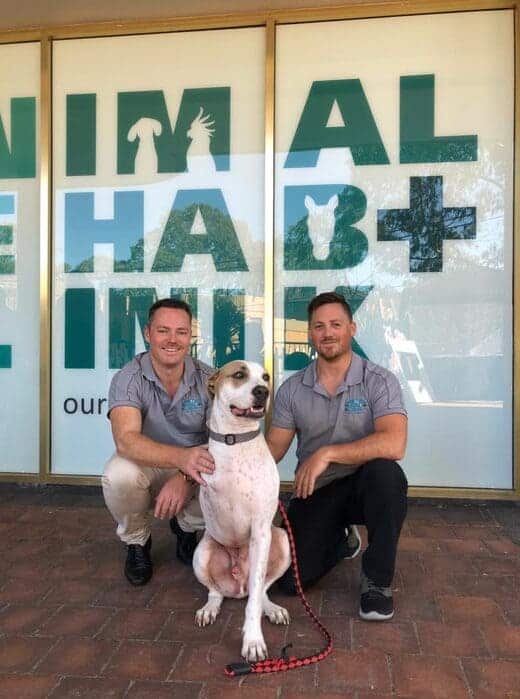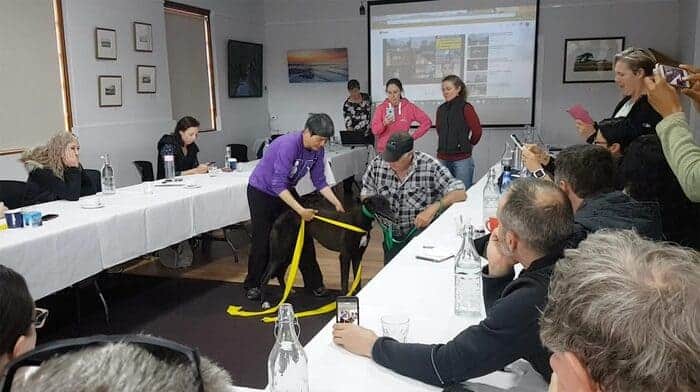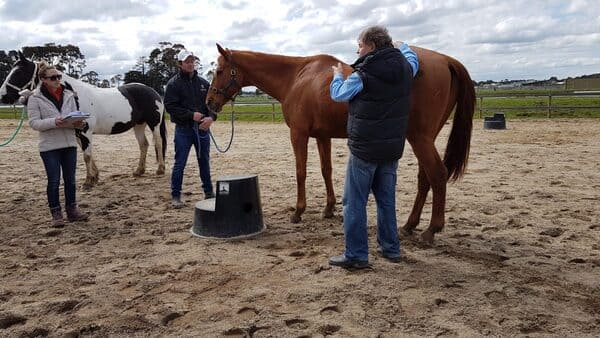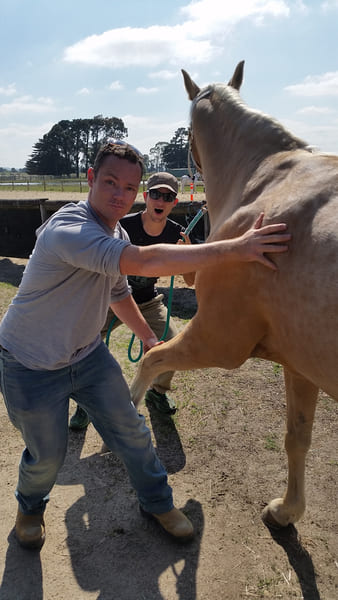Difficult question to answer. There are loads of work out there, if you can find it. The problem is that with such a new & unknown industry, not many people know that this is an option. If you have the motivation to let the world know how you can help their pets/animals then you could do really well.
Some ideas of areas that you can work in include:
- Treating household pets in a private rehab practice (like us), or by house calls
- In a vet clinic providing rehab to injured & post surgical cases
- The the horse/greyhound racing industry
- In the country treating working animals
- For the police/military treating their working dogs & horses
- Exotic animals at a zoo, aquarium
- Charity work at a rescue shelter




